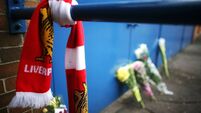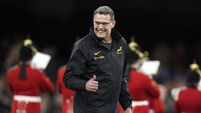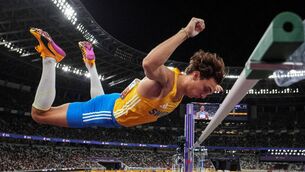Six important points ahead of a Six Nations to savour

1. Embarrassment of back row riches
Even in the good old amateur days, Ireland were always flush with quality back rowers. Check any Lions tour party and you will find we always had a presence in that key area. That said, the options open to Joe Schmidt are unprecedented.












